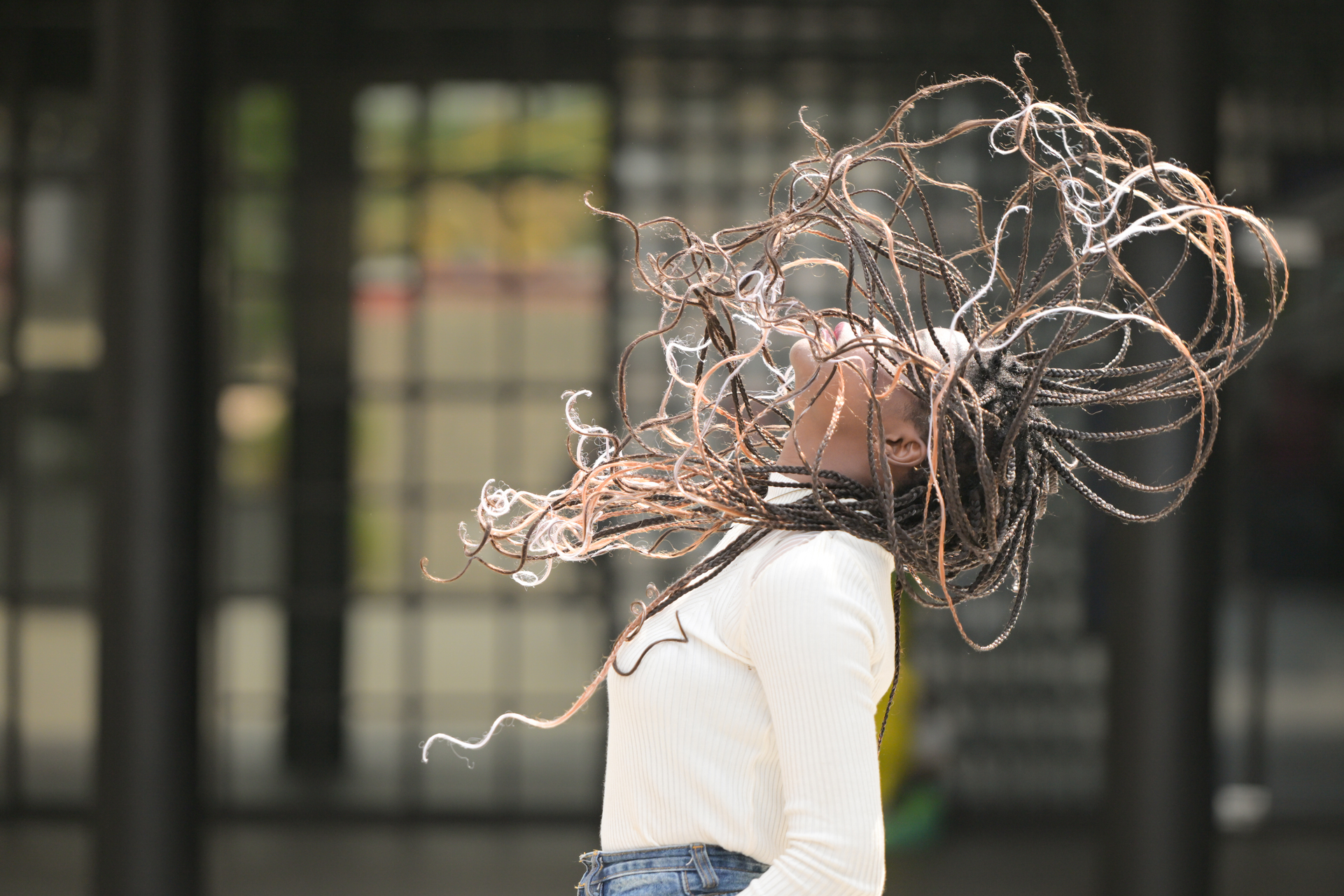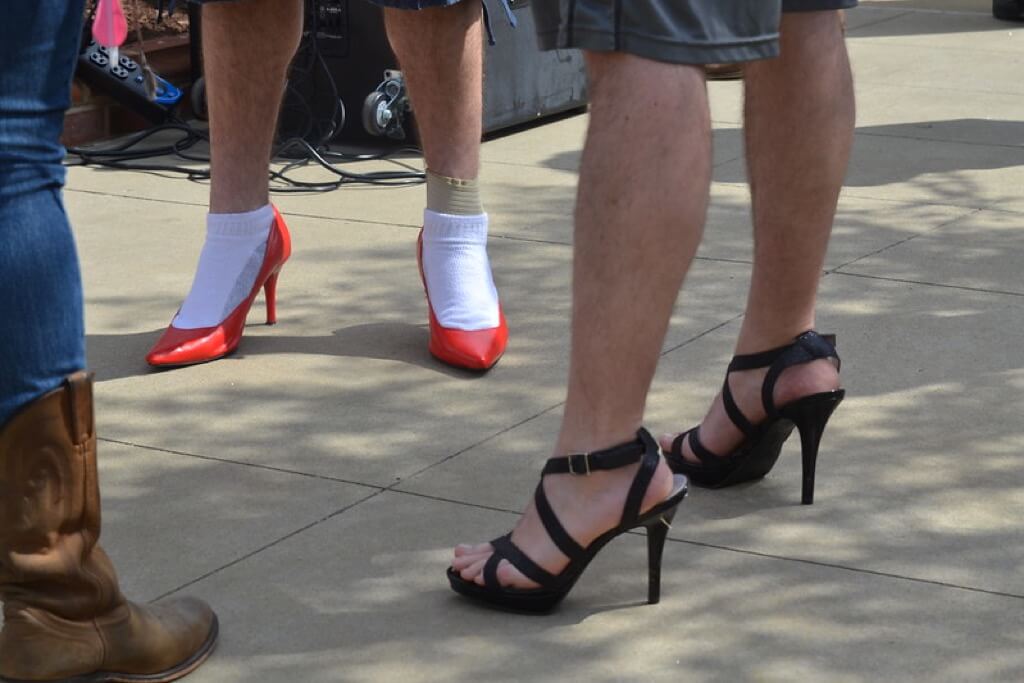The origins of the modern necktie have a rich and intriguing history that traverses cultures and centuries, revealing a narrative intertwined with honor, functionality, and evolving fashion trends. Let’s embark on a journey through time to discover the fascinating story behind the necktie we know today.
The earliest traces of the necktie can be found in the ancient Chinese terracotta figurines unearthed in Xian, dating back to 210 BC. These remarkable statues, serving as guardians for the first emperor of China, Qin Shih Huang, displayed a precursor to the contemporary tie. Similarly, Trajan’s column in Rome, Italy, from 98 to 117 AD, also portrays the adornment, suggesting a symbol of distinction for notable warriors in both ancient Chinese and Roman military traditions.
Moving forward to the Middle Ages, Croatian soldiers caught the eye of the French with their vibrant, knotted neckerchiefs, leading to the adoption of the necktie in France during the reign of Louis XIV. This trend quickly extended beyond the military, captivating the attention of French courtiers and commoners alike, ultimately establishing the necktie as a symbol of style and sophistication.
The evolution of the necktie continued during the restoration of the English monarchy in 1660, as the fashionable cravat gained popularity in Europe and the English colonies. Over time, the cravat transformed into a versatile accessory adorned in various colors, textures, and styles, solidifying its place as an essential component of men’s attire.
With the onset of the industrial revolution in the late 18th and early 19th centuries, the necktie underwent further changes to accommodate the preferences of the emerging “white-collar” workforce. The simpler, more practical knot that emerged during this era remains a standard practice in tying modern neckties today.
Not only a symbol of style, the necktie also became a marker of belonging, as evidenced by the creation of the first modern school tie in 1880 by a resourceful Oxford University rower. This marked the beginning of using ties as a form of group identification.
The 1920s Marked a Pivotal Point in the History of the Necktie
With the introduction of a revolutionary three-piece design by Jesse Langsdorf, a New York tie manufacturer. This innovation allowed for a sleek, contemporary look, setting the stage for the necktie’s enduring design that we recognize today.
Through the ages, the necktie has retained its essence, symbolizing elegance, tradition, and a touch of individuality. From ancient emperors to modern-day professionals, the necktie stands as a testament to the timeless fusion of style and functionality, connecting generations across the tapestry of history.
Steinkirk Style: A Fashion Trend for Everyone
- Have you ever considered trying the Steinkirk style? This fashion trend, once popular in the early eighteenth century, wasn’t just limited to men. Women embraced it too, adding vibrant colors to this loose, pinned cravat style for a lively and distinctive look.
Bolo Tie: Embrace the Southwestern Vibe
- Are you a fan of the Southwest culture? Embrace the essence of Arizona, New Mexico, and Texas by donning the official tie of the region – the bolo tie, also known as the bootlace tie. Made of strips of leather, it adds a touch of Western charm to any outfit.
Unraveling the Four-in-Hand Knot Mystery
- Curious about the origins of the “four-in-hand knot”? One theory suggests its connection to British horsemen, who supposedly used this knot while managing reins of four horses. Another interpretation links the knot’s appearance to the reins of a four-horse carriage. Explore the intriguing history behind this classic tie knot.
Explore the World of Tie Knots
- Think there are only a few ways to tie a tie? Think again. While the four-in-hand, Windsor, half Windsor, and Pratt are well-known, did you know there are actually eighty-five ways to tie a tie? Dive into the world of tie knots, where creativity and mathematical precision intersect, and discover your own unique style.
Professional Elegance: The Power of a Neck Tie
Elevated Presence and Professionalism
Wearing a necktie instantly elevates your presence, exuding a sense of professionalism and sophistication. Whether in the boardroom, at a formal event, or during client meetings, the necktie serves as a symbol of authority and attention to detail, enhancing your overall professional demeanor.
Versatile Style Statement
The necktie is a versatile accessory that allows you to express your individual style within the confines of formal attire. With a myriad of colors, patterns, and knot styles available, you can effortlessly tailor your look to match different occasions, reflecting your personality and adding a touch of flair to your ensemble.
Symbol of Tradition and Heritage
Embracing the necktie tradition connects you to a rich historical tapestry, where this simple accessory has played a significant role in the evolution of fashion and cultural expression. By honoring this tradition, you pay homage to the craftsmanship and style legacies that have shaped contemporary menswear.
Attention to Detail and Polished Image
he meticulous art of tying a necktie showcases your attention to detail and commitment to a polished appearance. This small yet essential act demonstrates your dedication to presenting a refined image, indicating to others that you value precision and strive for excellence in all aspects of your life.
Comfort and Practicality Considerations
While the necktie adds a touch of elegance, it’s essential to consider comfort and practicality. Some individuals might find the sensation of a tightly knotted tie uncomfortable, especially in warmer climates or during extended periods of wear. Ensuring the tie’s fit is neither too tight nor too loose is crucial for maintaining comfort throughout the day.
Formality Constraints and Dress Codes
In certain settings, the requirement to wear a necktie can be perceived as a formality constraint, limiting the freedom of attire choices. Dress codes that mandate the use of a necktie might restrict personal expression, potentially making some individuals feel confined or constrained in their sartorial choices.
Maintenance and Care
Proper maintenance and care of a necktie are essential to preserve its quality and appearance. Delicate fabrics and intricate patterns require specific cleaning techniques, and stains can be particularly challenging to remove. Being mindful of spills and stains while wearing a necktie is crucial to ensure its longevity and pristine condition.




